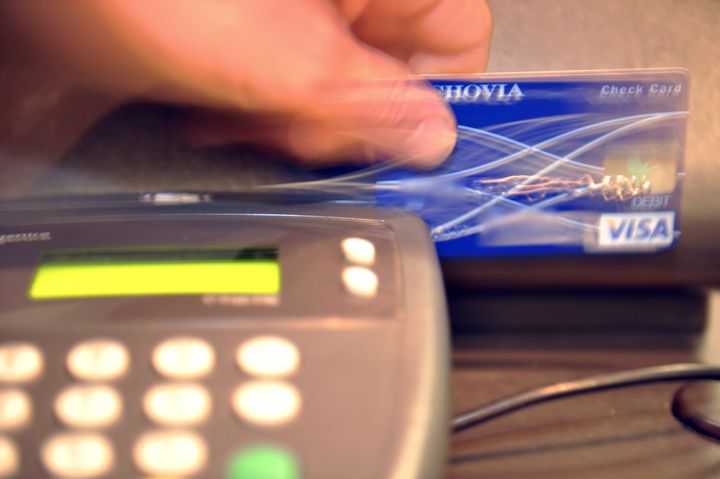
Many Americans might be confused by the rules and terms of their credit cards, but they're more often opting to swipe anyway.
Credit card purchases climbed 10.6 percent last quarter, after an 8.6 percent jump and a 9 percent boost in the first and second quarters respectively, according to statistics from First Data, cited by CNNMoney.
That push might be explained in part by Americans trying to hold onto their current lifestyles even as their incomes decline. National median income fell in 2010 for the second consecutive year, with incomes now having fallen more during the recovery than they did in the recession.
"Consumers have spent the last couple of years de-leveraging and reducing credit card use, but during the past month -- and since April [of this year] -- they've been using their credit cards more and are starting to return to pre-recession buying habits," Silvio Tavares, senior vice president at First Data, told CNNMoney.
In the two decades leading up to 2008, Americans ramped up their credit card use enough to cause a nearly five-fold increase in revolving debt. But in the aftermath of the recession, American consumers began to de-leverage -- or decrease their debt -- and credit card use hit an all-time low in September 2010.
But as the First Data and other reports indicate, old habits die hard. Americans' accumulated 66 percent more debt in the second quarter of 2011 than they the did in the same quarter of 2010, according to a recent study from Cardhub.com.
While consumers may be boosting their credit card use, many are still largely confused by their credit card terms -- a pre-recession problem that financial reform legislation aimed to address. A large segment of the more than 5,000 credit card complaints recently received by the Consumer Financial Protection Bureau had to do with confusion about deal terms.
Some consumers are taking their complaints with credit cards into their own hands. Michael Germanovsky launched a social media push called Balance Transfer Day, aimed at encouraging consumers to apply en masse for low-interest rate credit cards on December 11.
Though Americans may be on their way to returning to using credit cards at pre-recession levels, the slowdown has scared them into saving more overall. The personal savings rate climbed to 3.5 percent in October, up from its near one percent level at the start of the recession. Still, that's lower than the more than 5 percent rate in 2009, according to The Washington Post.
